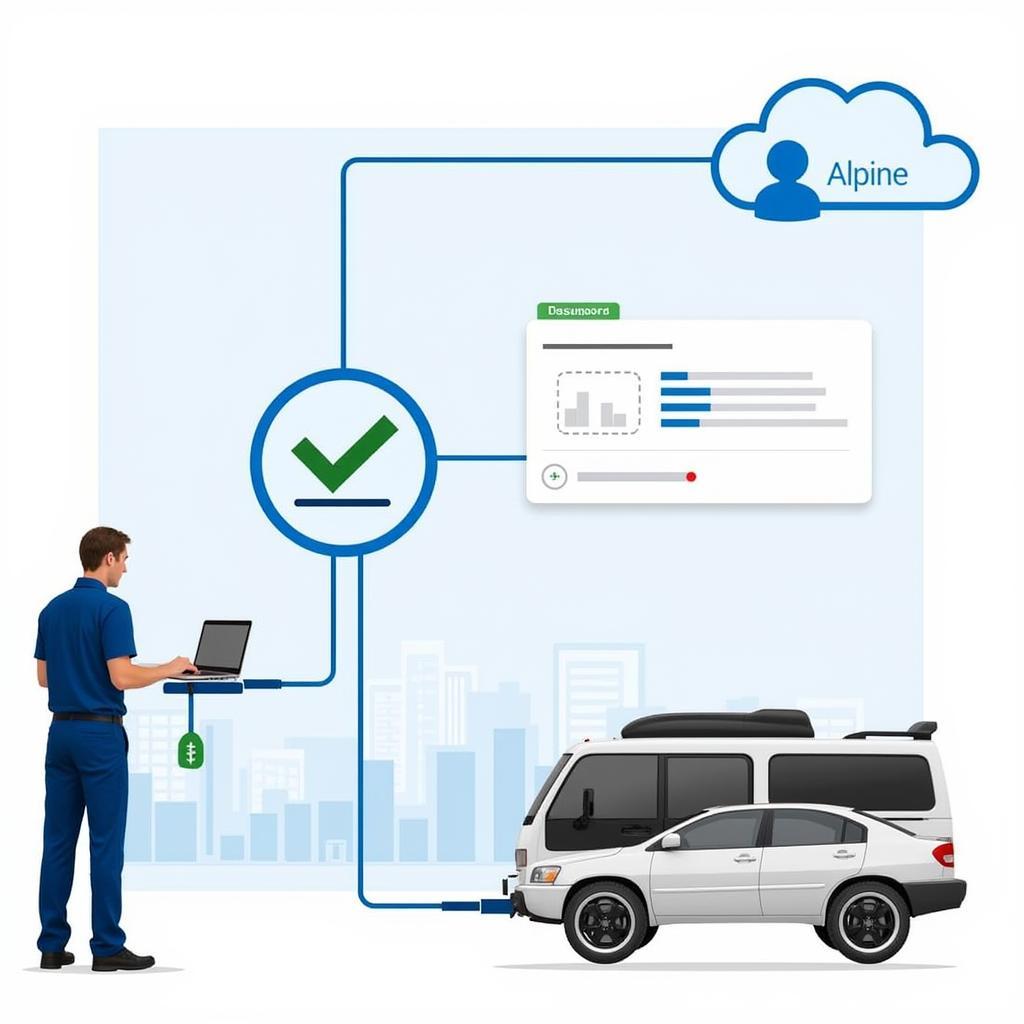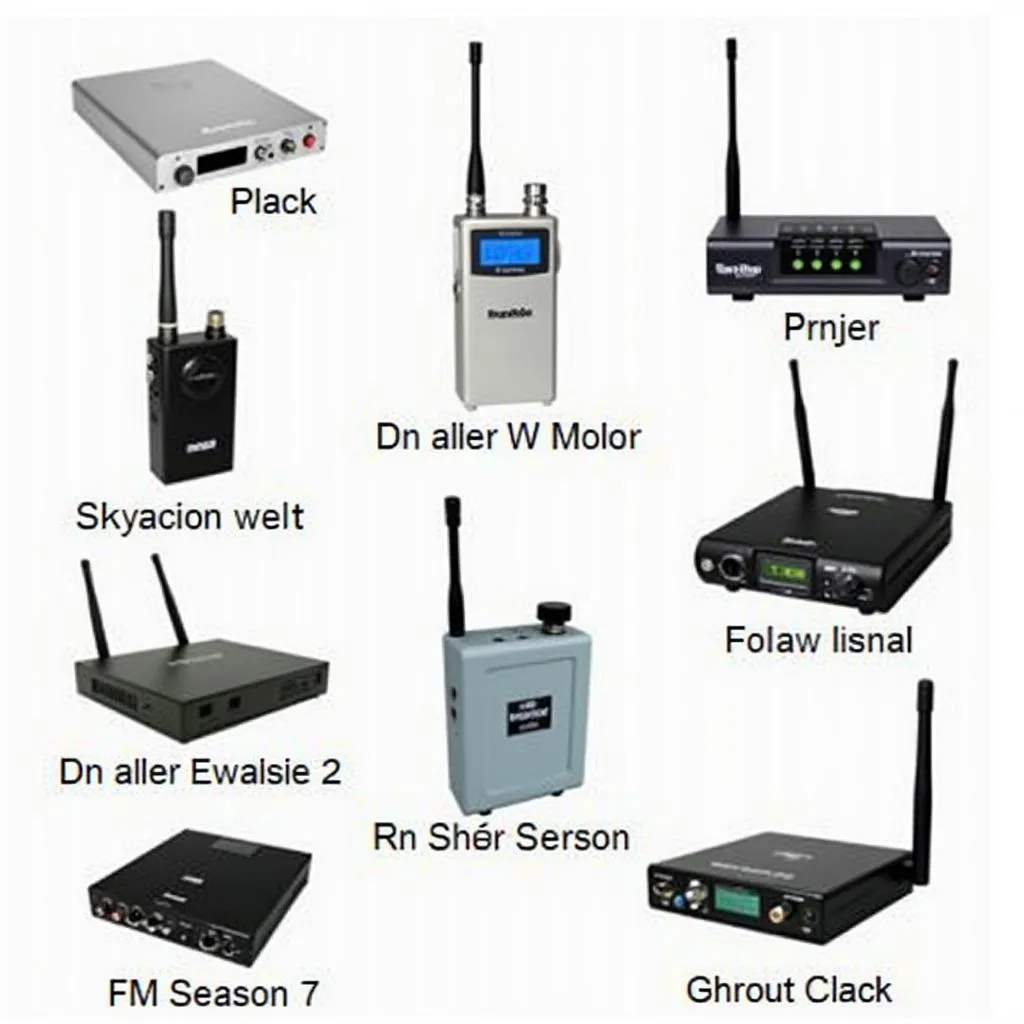The Alpine coach service brake warning light can be a concerning sight for any driver. This light signals a potential issue within your braking system, requiring immediate attention. From simple fixes to more complex problems, understanding the causes and solutions is crucial for maintaining safety and optimal performance. This article will guide you through the various reasons why your Alpine coach service brake warning light might be illuminated and provide practical solutions to address the issue.
Understanding the Service Brake Warning Light
The service brake warning light is part of your Alpine coach’s safety system, alerting you to potential problems within the braking system. Ignoring this warning can lead to decreased braking performance and potentially dangerous situations. While the light itself doesn’t pinpoint the exact issue, it serves as a crucial indicator that something needs attention. This light could be triggered by anything from low brake fluid to more serious problems like faulty ABS components or worn brake pads.
Common Causes of an Illuminated Service Brake Warning Light
Several factors can cause the service brake warning light to illuminate in your Alpine coach. Here are some of the most common culprits:
- Low Brake Fluid: Perhaps the most frequent cause, low brake fluid levels indicate a potential leak in the system or worn brake pads.
- Worn Brake Pads: As brake pads wear down, the brake fluid level drops. Excessively worn pads can also trigger the warning light.
- Faulty ABS System: Problems within the Anti-lock Braking System (ABS), such as a malfunctioning sensor or pump, can activate the warning light.
- Parking Brake Engaged: While seemingly obvious, sometimes the warning light is simply due to the parking brake being partially or fully engaged.
- Faulty Brake Light Switch: A malfunctioning brake light switch can sometimes trigger the service brake warning light.
- Issues with the Brake Master Cylinder: A faulty brake master cylinder can prevent proper brake fluid pressure, activating the warning light.
Troubleshooting the Service Brake Warning Light
Before rushing to a mechanic, you can perform some basic troubleshooting steps to identify the potential cause of the illuminated warning light:
- Check the Parking Brake: Ensure the parking brake is fully disengaged.
- Inspect Brake Fluid Level: Check the brake fluid reservoir and top it off if necessary. If the fluid level is consistently low, it indicates a leak that requires professional attention.
- Inspect Brake Pads: Visually inspect the brake pads for wear. If they appear thin or worn, they likely need replacement.
- Check Brake Lights: Verify that all brake lights are functioning correctly. A faulty brake light switch might be the culprit if they aren’t working.
When to Seek Professional Help
If the basic troubleshooting steps don’t resolve the issue, it’s crucial to seek professional assistance. Issues with the ABS system, brake master cylinder, or other complex components require specialized diagnostic tools and expertise.
“Regular brake system maintenance is paramount for safety,” says John Smith, a certified automotive technician specializing in Alpine coach repair. “Ignoring warning lights can lead to costly repairs and potentially hazardous driving conditions.”
Utilizing Remote Diagnostics and Programming
Modern technology allows for remote diagnostics and programming of vehicle systems, including braking systems. This can be an invaluable tool for identifying and resolving issues quickly and efficiently. Skilled technicians can access your vehicle’s data remotely, diagnose the problem, and even program new software updates to address specific malfunctions.
 Remote Diagnostics on an Alpine Coach
Remote Diagnostics on an Alpine Coach
Conclusion
The Alpine coach service brake warning light should never be ignored. Understanding the potential causes and taking appropriate action can prevent further damage, ensure optimal braking performance, and maintain road safety. From simple checks like the parking brake and brake fluid level to more complex diagnostic procedures using remote technology, addressing this warning light promptly is crucial. If in doubt, always consult a qualified technician specialized in Alpine coach repair.
“Addressing brake issues proactively not only enhances safety but also contributes to the longevity of your vehicle’s braking system,” adds Jane Doe, another expert in Alpine coach maintenance.
FAQ
- What does the service brake warning light mean? It indicates a potential problem within your braking system, requiring immediate attention.
- Can I drive with the service brake warning light on? It’s not advisable. Driving with a potential brake issue can be dangerous.
- How often should I check my brake fluid level? Checking your brake fluid level at least once a month is recommended.
- How do I know if my brake pads are worn? Visually inspect the pads for thinness or a visible metal indicator.
- What is remote diagnostics? It allows technicians to access and diagnose vehicle systems remotely using specialized software.
- Can remote programming fix my brake issues? In some cases, yes. Software updates and calibrations can resolve certain braking system malfunctions.
- Where can I find a qualified Alpine coach technician? Contact authorized Alpine service centers or search online for certified technicians specializing in Alpine coach repair.

